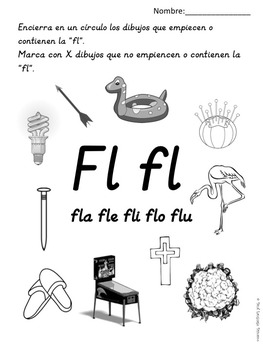



Under the optimized conditions, the detections limits (LODs), assessed on the basis of the 3σ criterion, reached 1.7, 0.85, 0.04, 0.51, and 2.9 μg L −1 for As, Bi, Hg, Sb, and Se, respectively. The discharge current, the He flow rate, and the concentrations of HCl and NaBH 4 were considered to affect both the HG reaction and the excitation conditions in the discharge, thus they were thoroughly studied. A novel atmospheric pressure glow discharge (APGD) microplasma system, sustained between a miniaturized flowing liquid anode (FLA) and a He jet nozzle cathode, was combined with a hydride generation (HG) technique to improve the determination performance of As, Bi, Hg, Sb, and Se with the aid of optical emission spectrometry (OES).


 0 kommentar(er)
0 kommentar(er)
